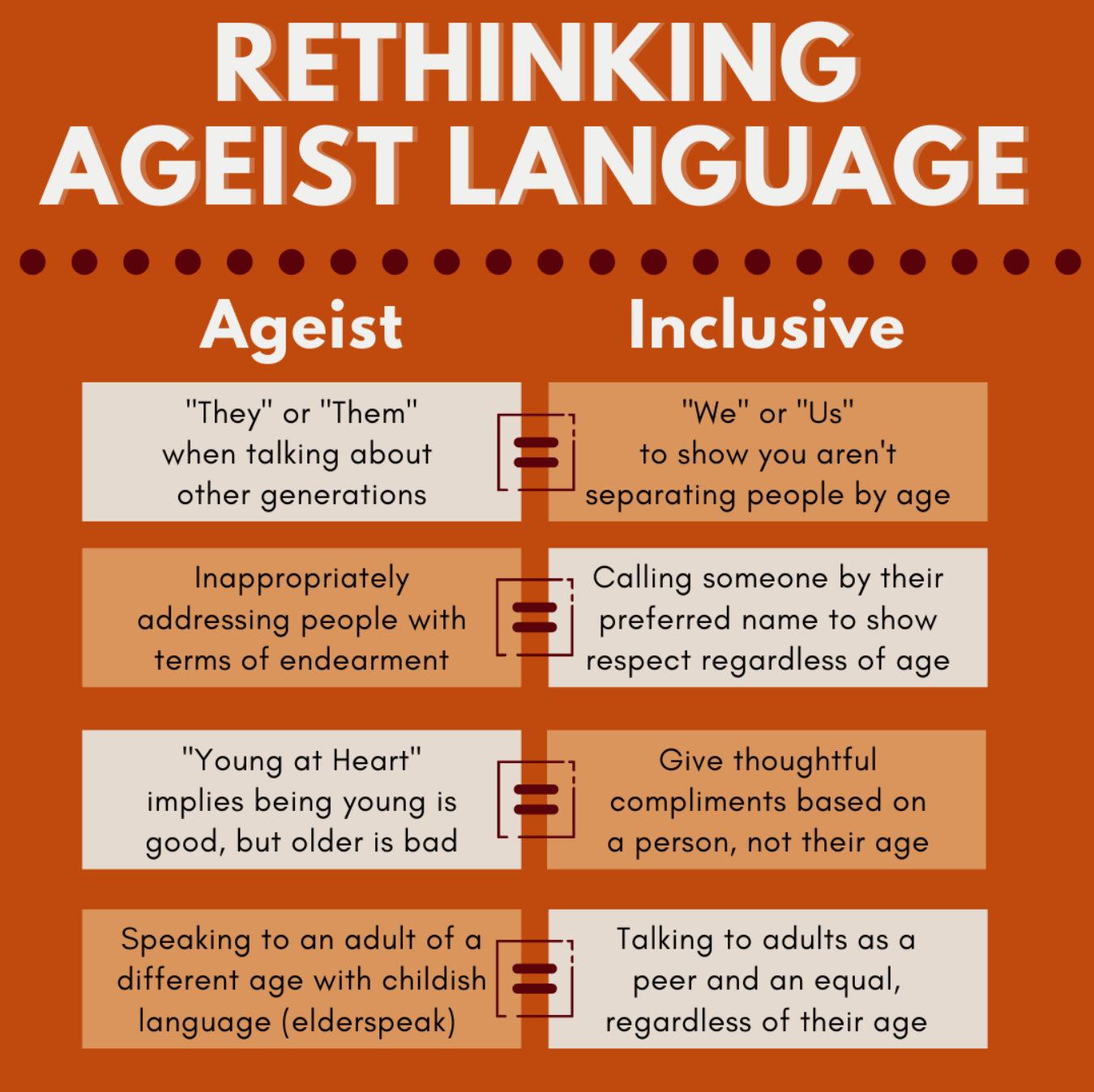- Home
- For Older Adults, Families & Caregivers
- Connect with Support
- Health & Safety
- Adult Protective ServicesAbuse Investigation
- Emergency PreparednessPlanning Resources
- COVID-19 Vaccines, Boosters and ResourcesStay Healthy
- Illinois Pathways to HealthManage Chronic Conditions and Prevent Falls
- Take Charge of Your HealthImprove Health with Interactive Workshops
- Falls Prevention ProgramsGet Fit and Prevent Falls
- Long-Term Care Ombudsman ProgramRights Advocacy
- Senior Medicare Patrol (SMP)Prevent Fraud
- Quality of Life
- Find One Near YouMeal Programs
- Caring Together, Living Better (CTLB)African-American/Latinx Caregiver Support
- H.O.P.E. by AgeOptionsLiving Independently
- Library ProgramCommunity Engagement
- Thrive with PrideLGBT+ Initiatives
- Memory CafésActivities for People Living with Dementia
- TCARE (Tailored Caregiver Assessment and Referral)Caregiver Stress Reduction
- UniperVirtual Senior Center
- Social Isolation ProgramsCommunity Connection
- TrualtaCaregiver eLearning and Online Community
- Trualta
- For Professionals & Partner Agencies
- How Can We Help?
Turning Up the Volume on Ageism
Well it’s all right, even if you’re old and gray
The Traveling Wilburys, End of the Line
Well it’s all right, you still got something to say
Contrary to the hopeful lyrics, older adults often aren’t considered to have “something to say.” They are marginalized, stereotyped, dehumanized, condescended to, excluded and generally regarded as no longer being valuable members of society. That’s ageism, and its existence was noted way back in the 1980s in the songwriters’ (Bob Dylan, George Harrison, Tom Petty, Roy Orbison and Jeff Lynne) ironically titled attempt to reassure older people that they’re still relevant.
Ageism, unfortunately, is still very much alive and well today.
AgeOptions, along with organizations nationwide, is turning up the volume on the issue of ageism, looking at how we unknowingly feed into stereotypes and what we can do to end the stigma.
What is ageism?
Ageism is stereotyping, prejudice and discrimination against people on the basis of their age. The World Health Organization says ageism is everywhere and is the most socially “normalized” of any prejudice, yet is not widely countered like race, gender or disability-based discrimination. In fact, research suggests ageism may be even more pervasive than sexism and racism.
What are the effects of ageism?
Ageism is hardly benign, as the New York Times “The New Old Age” column reports. When internalized by older adults themselves, ageist views can lead to poor mental and physical health. This widespread and insidious practice is an everyday challenge for older people that has harmful effects on their health and well-being. By de-humanizing older people, ageism is a contributing factor in determining their social treatment. Overlooked for employment, restricted from social services and stereotyped in the media, ageism marginalizes and excludes people in their communities.
How can we recognize ageism?
Ageism makes assumptions about people because of their age. Assuming someone is too old – or too young! – to do something or understand something is one example. Another is the way we speak to older adults. It’s called Elderspeak and is characterized by simpler vocabulary, overly endearing terms, a childish tone of voice and more. Many of us don’t recognize that words and tone of voice diminish and infantilize older people by removing their dignity. The AgeOptions graphic below shows how.
What can we do to combat ageism?
Ageism is usually subtle and can be easily brushed off, especially by older adults who don’t want to offend others. In fact, they may have internalized ageism and accept their diminished place in society. Changing the ways we think about aging and learning to recognize ageism are important first steps. AgeOptions will continue working to increase awareness of ageism, including how we unknowingly feed into stereotypes and what we can do to end the stigma and instead focus on the strengths and contributions older adults bring to society.
